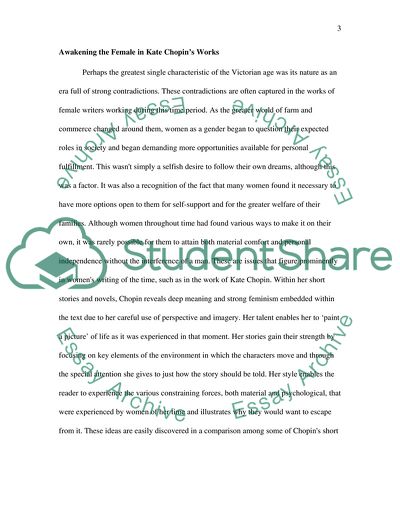Cite this document
(Awakening the Female in Kate Chopins Works Research Paper - 1, n.d.)
Awakening the Female in Kate Chopins Works Research Paper - 1. Retrieved from https://studentshare.org/literature/1752834-kate-chopin
Awakening the Female in Kate Chopins Works Research Paper - 1. Retrieved from https://studentshare.org/literature/1752834-kate-chopin
(Awakening the Female in Kate Chopins Works Research Paper - 1)
Awakening the Female in Kate Chopins Works Research Paper - 1. https://studentshare.org/literature/1752834-kate-chopin.
Awakening the Female in Kate Chopins Works Research Paper - 1. https://studentshare.org/literature/1752834-kate-chopin.
“Awakening the Female in Kate Chopins Works Research Paper - 1”, n.d. https://studentshare.org/literature/1752834-kate-chopin.


